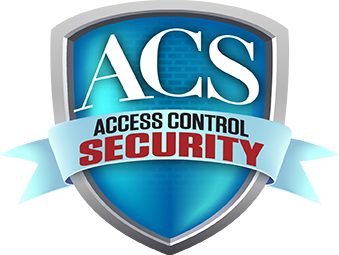
OBSERVATION & DOCUMENTATION (Lesson 15 of 26)
System Failures & Accident Prevention
Usually, a security officer conducting a patrol in an industrial or manufacturing environment should note a potential safety hazard (leaking pipe, water on the floor, etc.) virtually every time a patrol is conducted. This is due in large part to the vastness and age of many facilities. Even though potential safety hazards may have been previously reported and not corrected, a security officer cannot simply ignore the hazard and not document what has not been corrected. Security officers must be certain that a condition previously reported is known to the proper management officials, before deciding not to document the hazard again believing that, “Nothing ever gets fixed around this place!” Failure to document safety hazards may cause the security officer and their employer to be liable for damages which result from a hazard.
External Patrols
“External patrol covers the grounds, parking areas and streets surrounding the facility. The basic purpose of the external patrol is to protect vehicles and persons entering or leaving the grounds, to provide surveillance of persons attempting to use unauthorized exits, to prevent the carrying of unauthorized property from the facility, and to prohibit or discourage unwanted persons from entering the facility.”
A security officer conducting an external patrol will greatly enhance the overall level of protection provided to a facility. By constantly observing and noting any changes or discrepancies with doors, windows, lights, etc., a security officer can determine unusual situations, which if reported can be properly investigated.
Vehicle Patrols
Vehicle patrols can support external patrols either by supplementing foot patrols or in place of them. A prerequisite for each security officer, prior to operating a motorized vehicle, is to possess the necessary state driver’s license. Additionally, some security personnel may be required to show proof of insurability prior to their operation of a vehicle.
A vehicle offers a security officer mobility while providing protection from the elements. Additionally, a vehicle permits a security officer to carry more equipment which can be readily used when needed.
Security vehicles are of all types, shapes, and sizes. Some are battery powered while many are automobiles, trucks, or vans which are utilized as the security department vehicle. No matter what type of vehicle is used, appropriate maintenance and care must be given the vehicle to insure it is functional when needed. Daily and shift vehicle logs should be utilized to document levels of fuel, oil, water, tire pressure, etc. Mileage has to be documented and verified according to IRS regulations. If any problems develop with the security vehicle, they should immediately be noted in the vehicle log. All damage to a security vehicle must be noted immediately. Unfortunately, since several persons usually drive a security vehicle, wear and tear of the vehicle is often accelerated. Some security managers restrict driving of a vehicle to only two or three persons.



